🌿 What is Athimadhuram (Licorice Root)?
Athimadhuram, commonly referred to as Licorice Root or Mulethi, is a revered herb in Ayurveda, Siddha, and Unani medicine. Known for its sweet taste and therapeutic properties, it has been traditionally used to treat various ailments, including respiratory issues, digestive disorders, and hormonal imbalances.
🌱 Description of Athimadhuram Plant
- Botanical Name: Glycyrrhiza glabra
- Family: Fabaceae
- Plant Type: Perennial herbaceous plant
- Height: Typically grows up to 1–2 meters
- Leaves: Pinnate with 9–17 leaflets
- Flowers: Pale blue to violet, arranged in loose inflorescences
- Roots: Long, cylindrical, and sweet-tasting, which are harvested for medicinal use.
🌍 Habitat of Athimadhuram
Athimadhuram is native to Southern Europe and parts of Asia, including India. In India, it is cultivated in regions like Punjab, Uttar Pradesh, and Tamil Nadu. The plant thrives in well-drained soils with ample sunlight and is often found in subtropical and temperate climates.
🌟 Medicinal Properties of Athimadhuram
Athimadhuram is renowned for its diverse therapeutic properties
- Respiratory Health: Acts as an expectorant, helping to relieve coughs, colds, and bronchial irritations.
- Digestive Aid: Soothes the gastrointestinal tract, alleviating issues like ulcers, gastritis, and indigestion.
- Anti-inflammatory: Reduces inflammation, beneficial in conditions like arthritis and skin disorders.
- Hormonal Balance: Supports adrenal health and helps in managing symptoms of hormonal imbalances.
- Skin Health: Used topically to treat eczema, acne, and hyperpigmentation due to its antimicrobial properties.
🧪 Active Compounds in Athimadhuram
The therapeutic effects of Athimadhuram are attributed to its rich composition of bioactive compounds
- Glycyrrhizin: Provides the characteristic sweetness and exhibits anti-inflammatory and antiviral properties.
- Flavonoids: Offer antioxidant benefits, protecting cells from oxidative stress.
- Saponins: Contribute to its expectorant and immune-boosting effects.
- Isoflavones: Assist in hormonal regulation and exhibit estrogen-like activity.
🍵 Usage and Dosage
Athimadhuram can be consumed in various forms:
- Powder: Typically, 1–3 grams mixed with warm water or milk, taken once or twice daily.
- Decoction: Boiling the root in water to make a tea for respiratory or digestive relief.
- Topical Application: As a paste or infused oil for skin conditions.
Note: Dosage may vary based on individual health conditions. It’s advisable to consult a healthcare professional before starting any herbal regimen.
⚠️ Precautions
- Pregnancy and Lactation: Should be used under medical supervision.
- High Blood Pressure: Excessive consumption may exacerbate hypertension due to glycyrrhizin content.
- Potassium Levels: May cause hypokalemia if taken in large amounts over extended periods.
🌿 Organic and Ethical Considerations
- Purity: Ensure the product is free from additives, preservatives, and contaminants.
- Sourcing: Opt for sustainably harvested and ethically sourced Athimadhuram to support environmental conservation.
- Certifications: Look for products certified for organic farming practices and quality assurance.

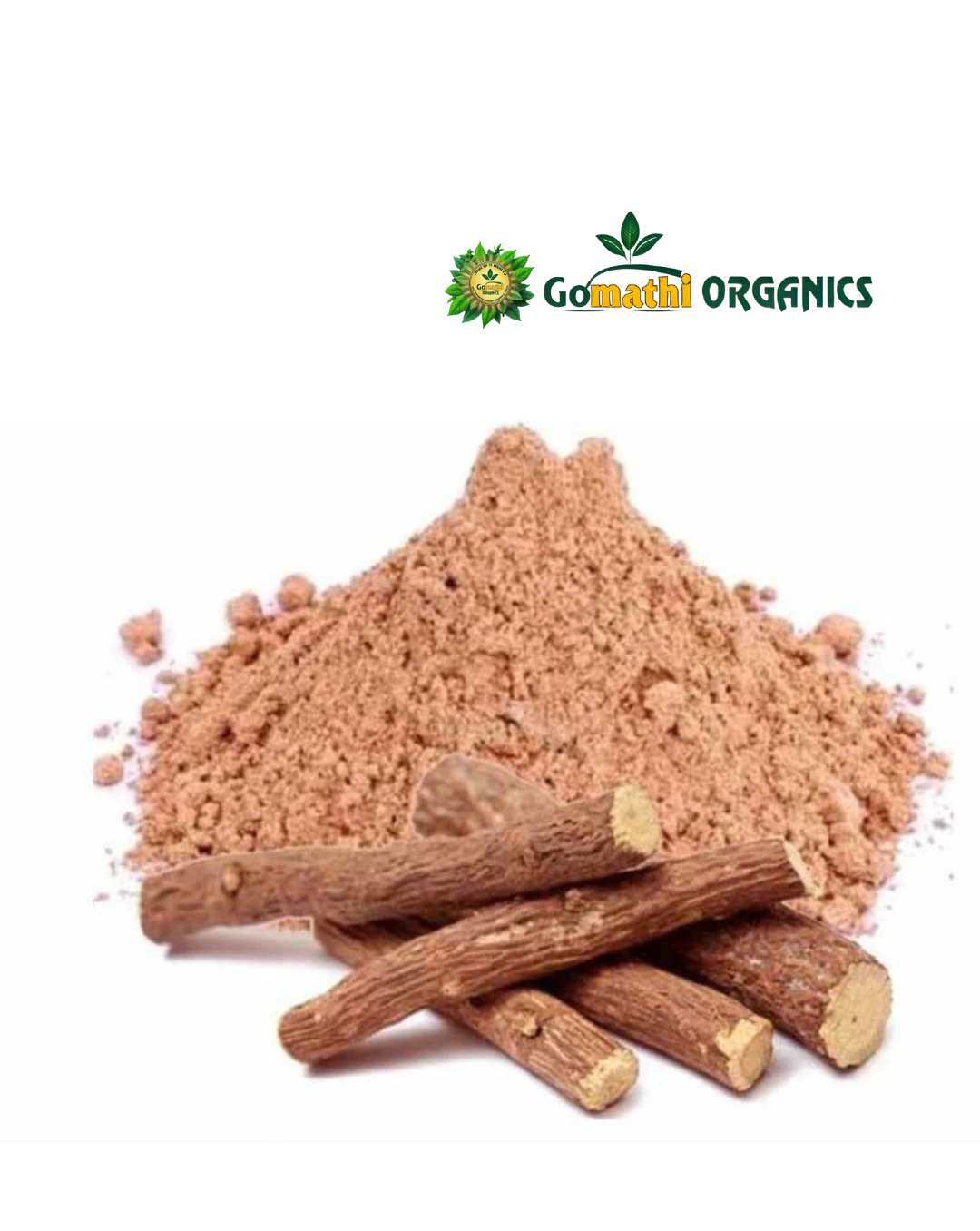
 SCIENTIFICALLY TESTED & COMPLETELY SAFE. SUITABLE FOR VEGETARIANS. NOT TESTED ON ANIMALS/NO ANIMAL INGREDIENTS. NO KNOWN SIDE EFFECTS. COMPLETELY SAFE. NON-TOXIC. FREE FROM HEAVY METALS
SCIENTIFICALLY TESTED & COMPLETELY SAFE. SUITABLE FOR VEGETARIANS. NOT TESTED ON ANIMALS/NO ANIMAL INGREDIENTS. NO KNOWN SIDE EFFECTS. COMPLETELY SAFE. NON-TOXIC. FREE FROM HEAVY METALS 

 The Food and Drug Administration has not evaluated these Statements. This product is classified as an “Herbal Food Supplement” and is not designed to diagnose, treat, cure, or prevent any disease. If you have any underlying health conditions, please consult a healthcare professional before using this product
The Food and Drug Administration has not evaluated these Statements. This product is classified as an “Herbal Food Supplement” and is not designed to diagnose, treat, cure, or prevent any disease. If you have any underlying health conditions, please consult a healthcare professional before using this product 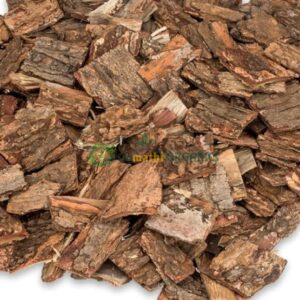
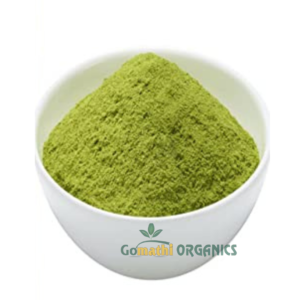
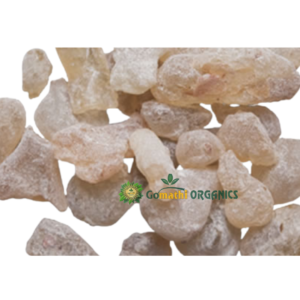
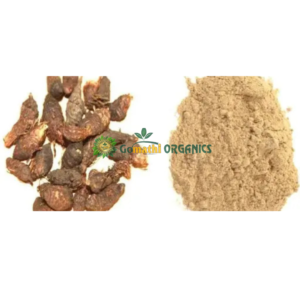
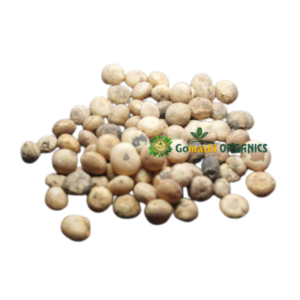


Reviews
There are no reviews yet.